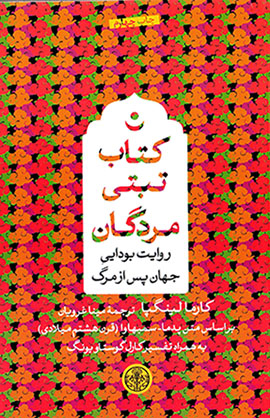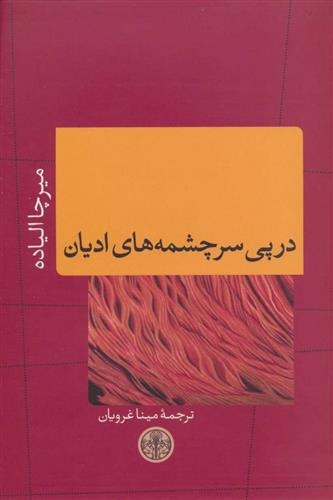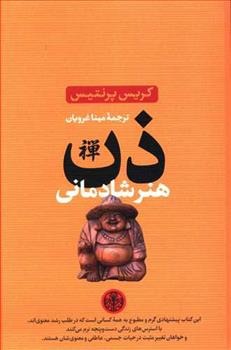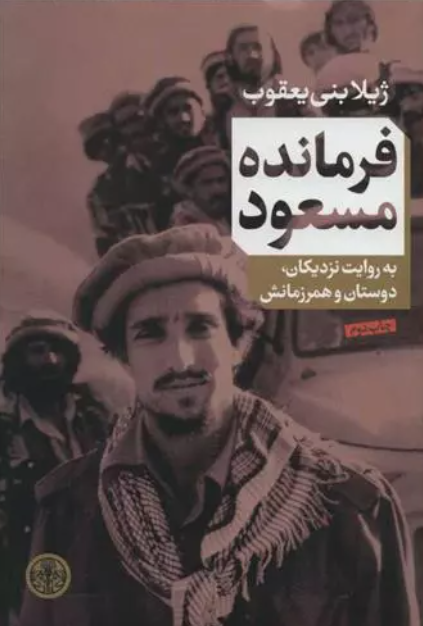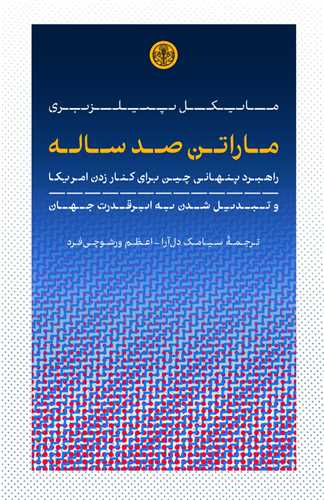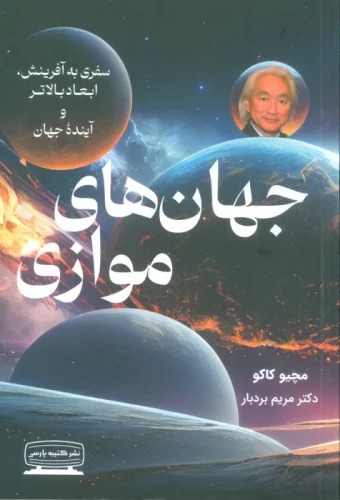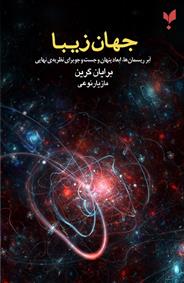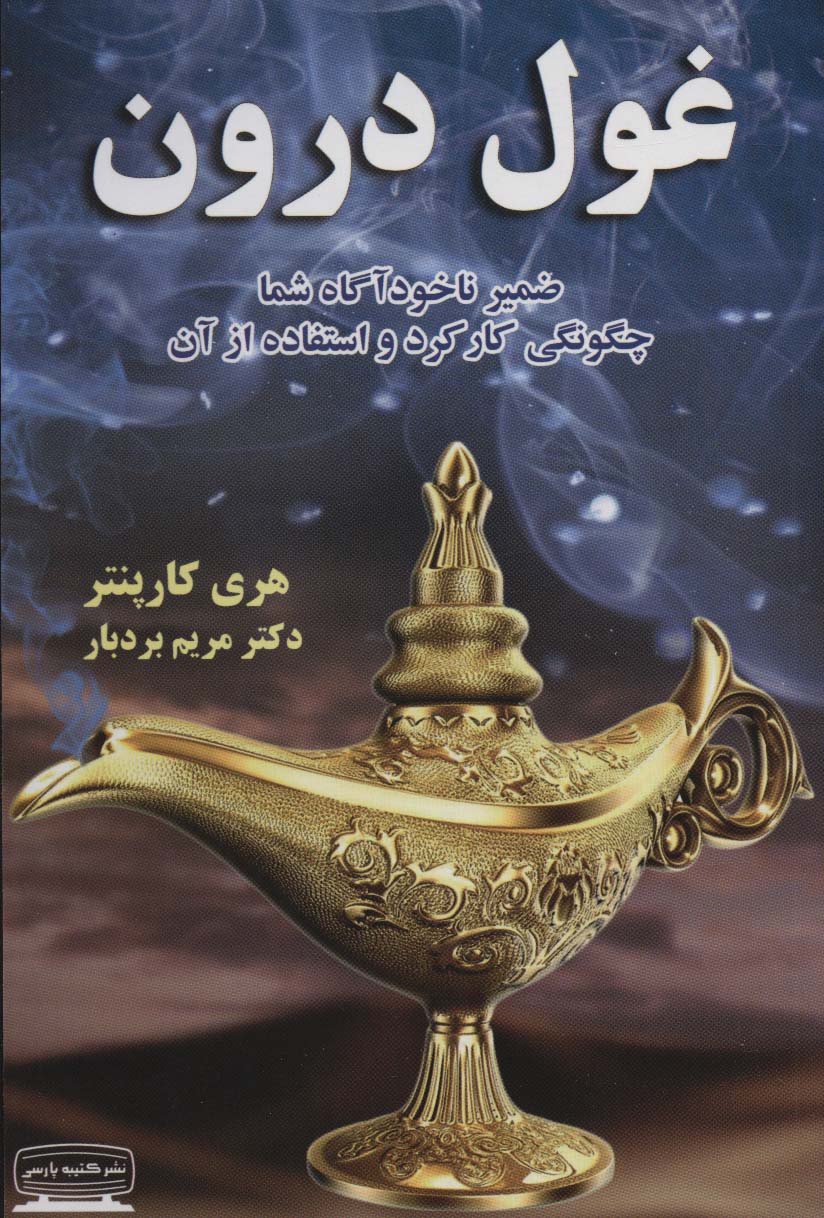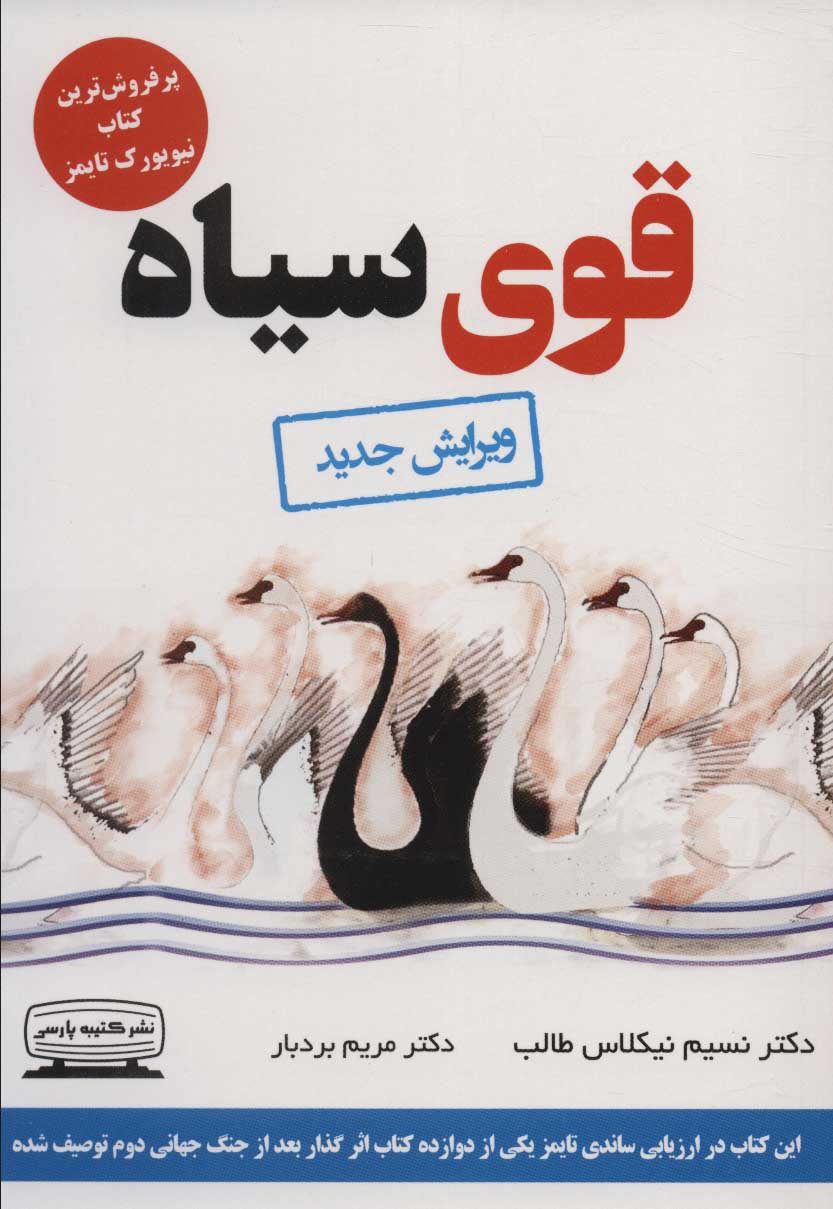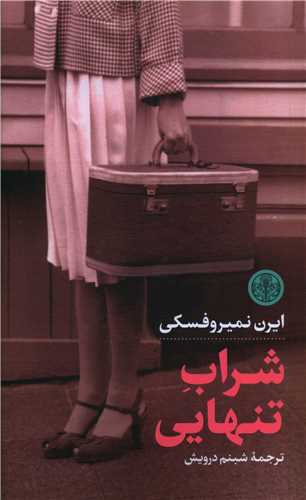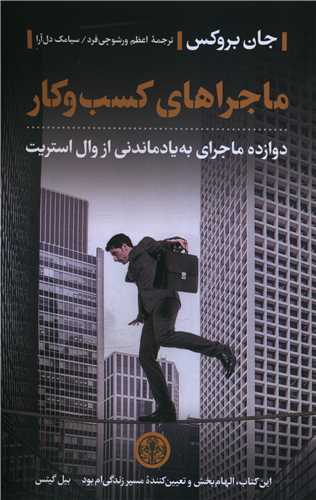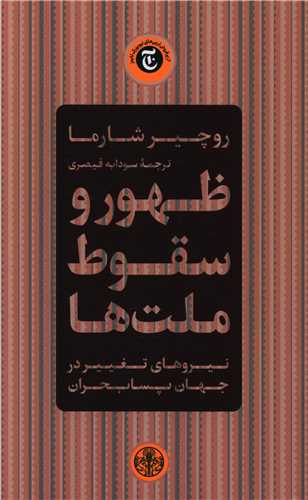Katāb-i Tabbatī-i murdagān: Persiska (Farsi) 1399
کتاب تبتی مردگان
144 SEK
Dela
Wishlist
Originaltitel:
Bar Do Thos Grol
ISBN:
9786002532992
Översättare:
Mīnā Gharavīyān
Förlag:
Kitab-i Parsih
Åldersgrupp:
Vuxen
Sidor:
192
Vikt:
192 g
Produktmått:
14 x 21 x 1
,
2 cm
Bokomslag:
Pocketbok
The Bardo Thodol, commonly known in the West as The Tibetan Book of the Dead, is a terma text from a larger corpus of teachings, the Profound Dharma of Self-Liberation through the Intention of the Peaceful and Wrathful Ones, revealed by Karma Lingpa (1326–1386). It is the best-known work of Nyingma literature. In 1927 the text was one of the first examples of both Tibetan and Vajrayana literature to be translated into a European language and arguably continues to this day to be the best known. The Tibetan text describes, and is intended to guide one through, the experiences that the consciousness has after death, in the bardo, the interval between death and the next rebirth. The text also includes chapters on the signs of death and rituals to undertake when death is closing in or has taken place. The text can be used as either an advanced practice for trained meditators or to support the uninitiated during the death experience.
more
روایت بودایی جهان پس از مرگ، بر اساس متن پدما - سمبهاوا ( قرن هشتم میلادی) به همراه تفسیر کارل گوستاو یونگ
more

